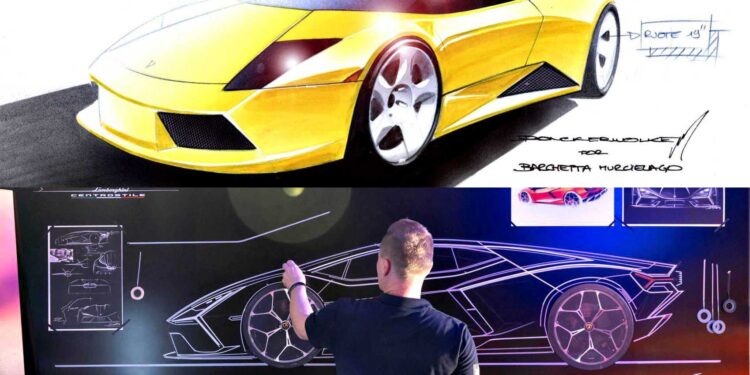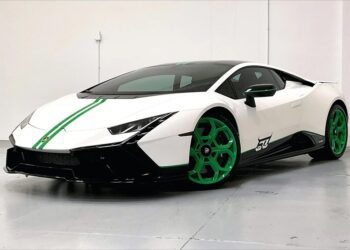2025 represents a historic year for Lamborghini. The Italian marque is celebrating 10 years of Polo Storico, the brand’s in-house restoration division. We have extensively covered it since January this year. Just last week, we also touched upon the iconic Diablo turning 35.
Now, there’s yet another anniversary worth your attention: the 20th anniversary of Centro Stile, the in-house design center that has defined every single Lamborghini in the modern era. Design has been an integral part of the Lamborghini DNA since October 2025, and what initially started as an Audi-backed idea in the early 2000s has since become a model for the entire supercar industry.
“The Lamborghini Centro Stile is an integral driver of our brand.” – Stephan Winkelmann, Lamborghini’s Chairman and CEO.
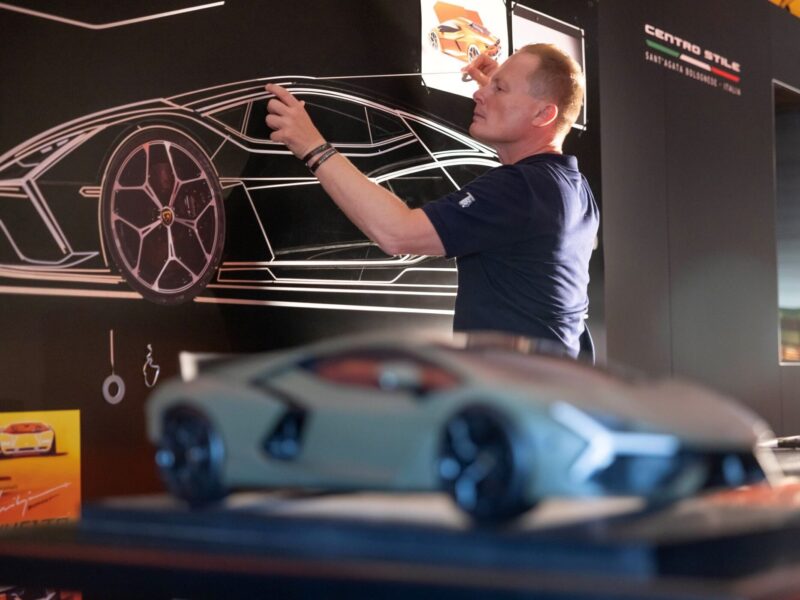

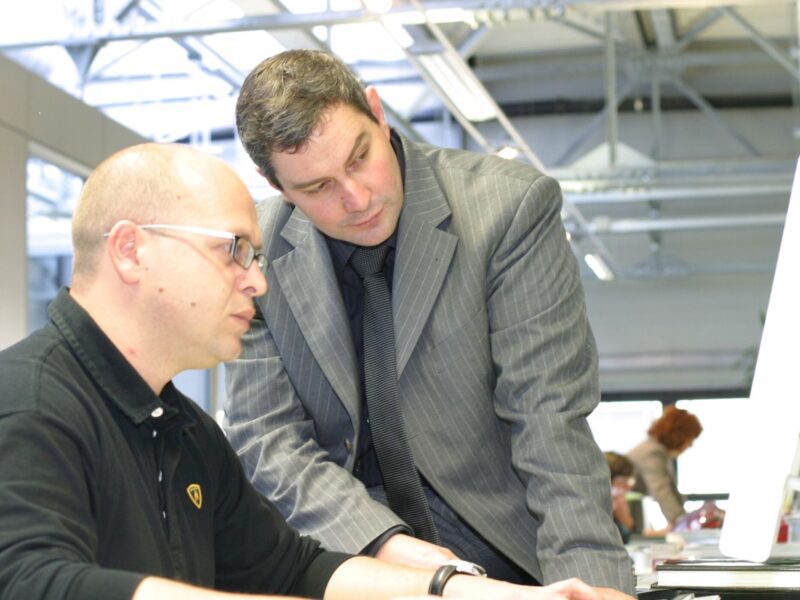

Before Centro Stile, Lamborghini worked with established styling houses like Bertone and Touring, producing icons like the Miura, the Countach, which was one of the cars that defined the wedge era, and the Diablo, another one of Marcello Gandini’s all-time great designs.
While those collaborations cemented the signature extreme Lamborghini supercar design aesthetic and extreme proportions, the company lacked full control. That changed after the subsequent acquisition of Lamborghini by Audi, under the Volkswagen Group. In 2003, when Walter de’Silva, the then head of Audi design, pushed for an internal studio. Come 2005, and Centro Stile was up and running at Lamborghini’s HQ in Sant’Agata Bolognese.
The first generation of Centro Stile leadership included Luc Donckerwolke, who brought us the Murciélago and the Gallardo (a.k.a the OG baby Lambo), cars that redefined Lamborghini for the modern age. Donckerwolke’s work included final variants of the aforementioned Diablo, following which the brand moved away from the soft proportions of thetoward cleaner, sharper surfaces.
Other cars and concepts from this era included the 4-door Lamborghini Estoque concept and the fighter-jet-inspired Reventón, a car that laid the foundation for the Aventador. It showed that while he treated Lamborghini’s heritage with reverence, he wasn’t afraid to modernize the Raging-Bull brand.
After Donckerwolke came Filippo Perini, who pushed Centro Stile into overdrive. His team was small, with just seven designers, but their output was significant, responsible for the aviation-inspired Y-shaped Motifs and hexagon that we know today.
The Aventador, launched in 2011, was the first Lamborghini designed entirely in-house, and it established the complex, angular design language that still defines the brand. It was followed by the successor to the Gallardo in 2013, the Huracán.
Perini also oversaw the stealthy track-only Sesto Elemento, Veneno, and Urus concept, each one previewing materials, technologies, and themes that carried into subsequent production models.
By 2016, Mitja Borkert took over, doubling the studio’s size and broadening its reach. Under his leadership, Centro Stile finalized S, SVJ variants of the Aventador, the Huracán Performante, and now popular Urus SUV, and launched the hybrid Revuelto, Lamborghini’s current V12 flagship, and the more recent Temarario. He also worked on concepts like the Terzo Millennio, developed with MIT, which explored carbon nanotechnologies and supercapacitors. Centro Stile also worked on the SC20 by Squadra Corse in 2021.
Building an in-house design center was not a cost-saving move; it was a bet on brand independence. Over 20 years, Lamborghini has invested heavily in CAD systems, clay-modeling labs, digital 3D printing, and even AI-based workflows today. These tools speed up design while cutting iteration cycles, ensuring that Lamborghini can pivot faster than competitors.
“We are looking at AI, of course, to see how that can work for us, with the final decision always a human one.” – Mitja Borkert, Head of Design, Automobili Lamborghini.
These days, though, every design decision has to also pass and comply with stricter parameters like pedestrian impact rules, hybrid packaging requirements, and strict emissions targets. What this means is that design and packaging continue to remain challenging. It’s not about retaining the aggressive proportions, but you also need to consider other parameters, battery cooling, hybrid airflow, and lightweight safety structures.
Having said that, the brand’s Ad Personam program takes customization to the next level, as we saw earlier this week when Mitja Borkert himself showed off three possible variations of the limited-run Fenomeno.
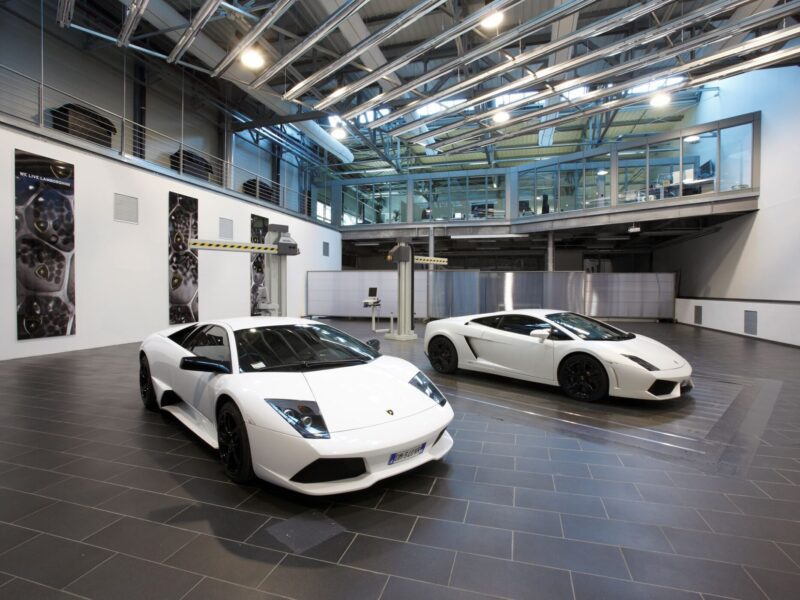
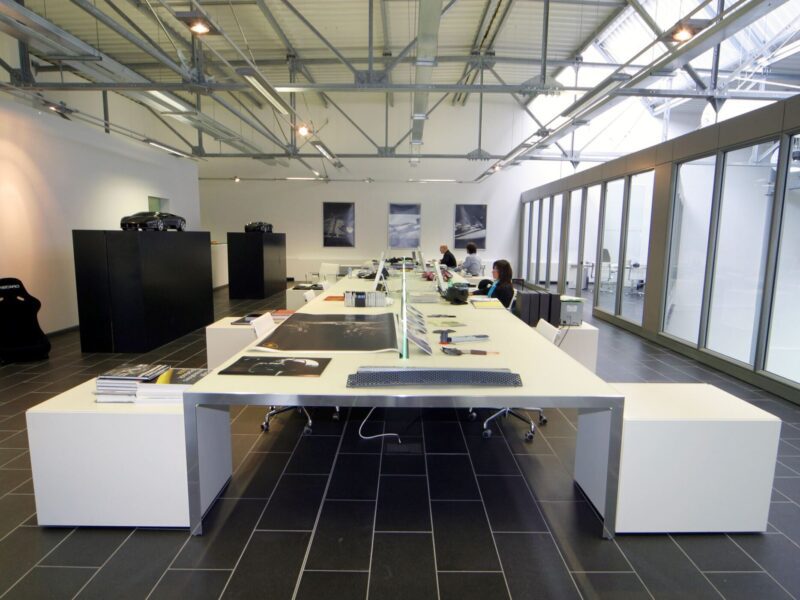
As for Centro Stile, it is a strategic engine for Lamborghini that continues to ensure continuity across eras, while simultaneously experimenting with radical ideas. Its influence has also expanded into other lifestyle arenas, including yachts, architecture, high-end speaker systems, racing simulators, and fashion partnerships, further extending the Lamborghini brand’s reach.
20 years on, the studio has written Lamborghini’s design rulebook and, according to Borkert, is already focused on the next two decades. As a brand that is known for being a trend-setter in the supercar world, we can’t wait to see what they have in store. Whatever Lamborghini shows next, whether hybrid, electric, or something in between, will come from a design philosophy rooted in Centro Stile’s ability to question the status quo while staying unmistakably Lamborghini.
Images: Automobili Lamborghini


